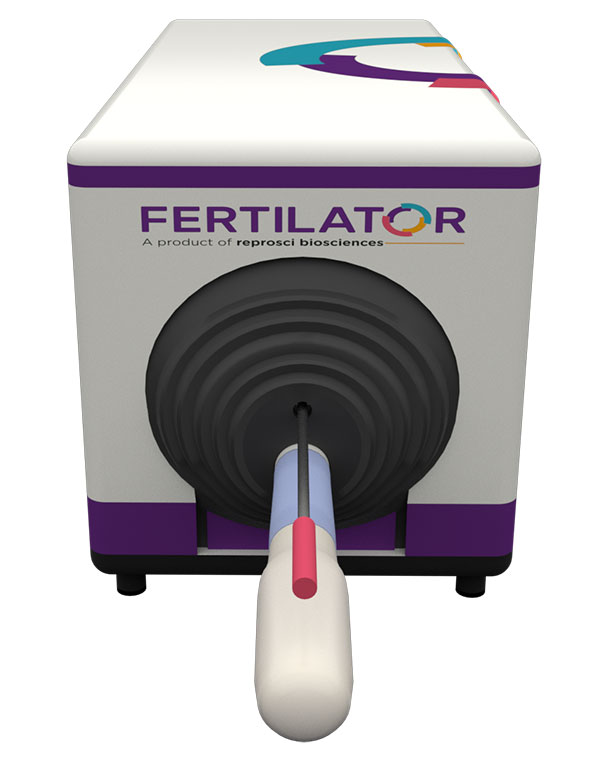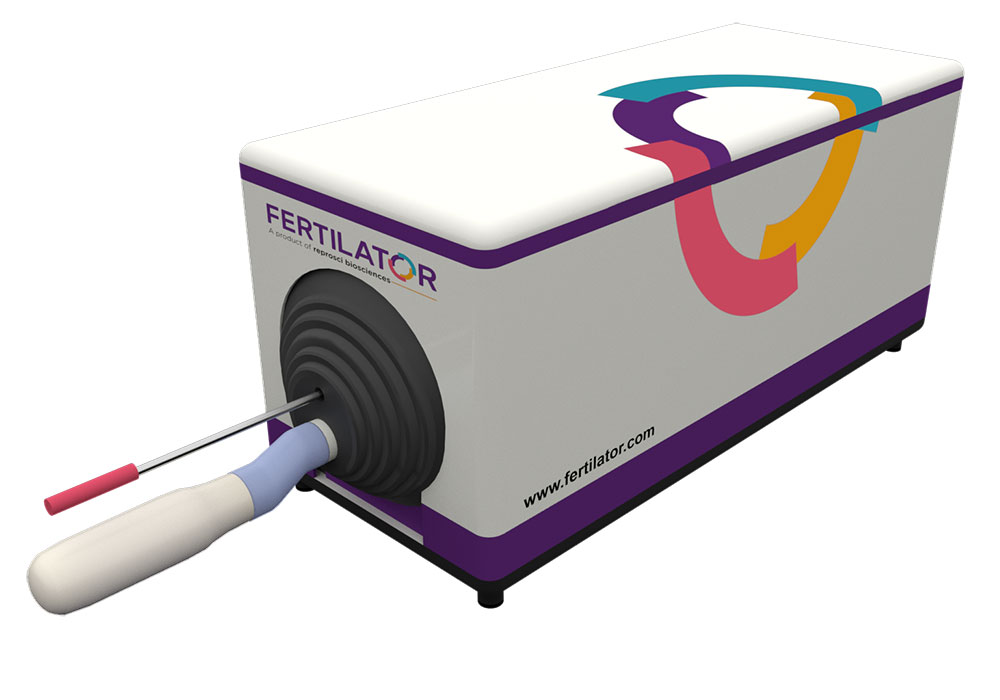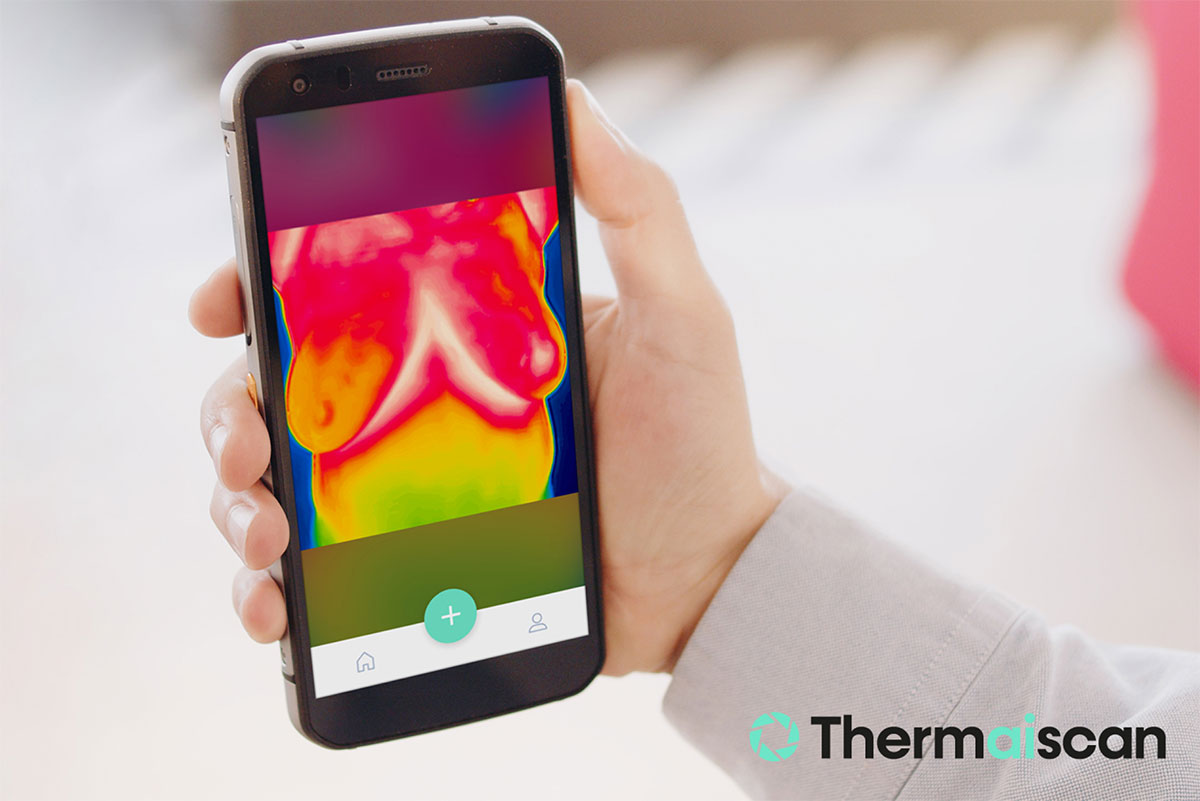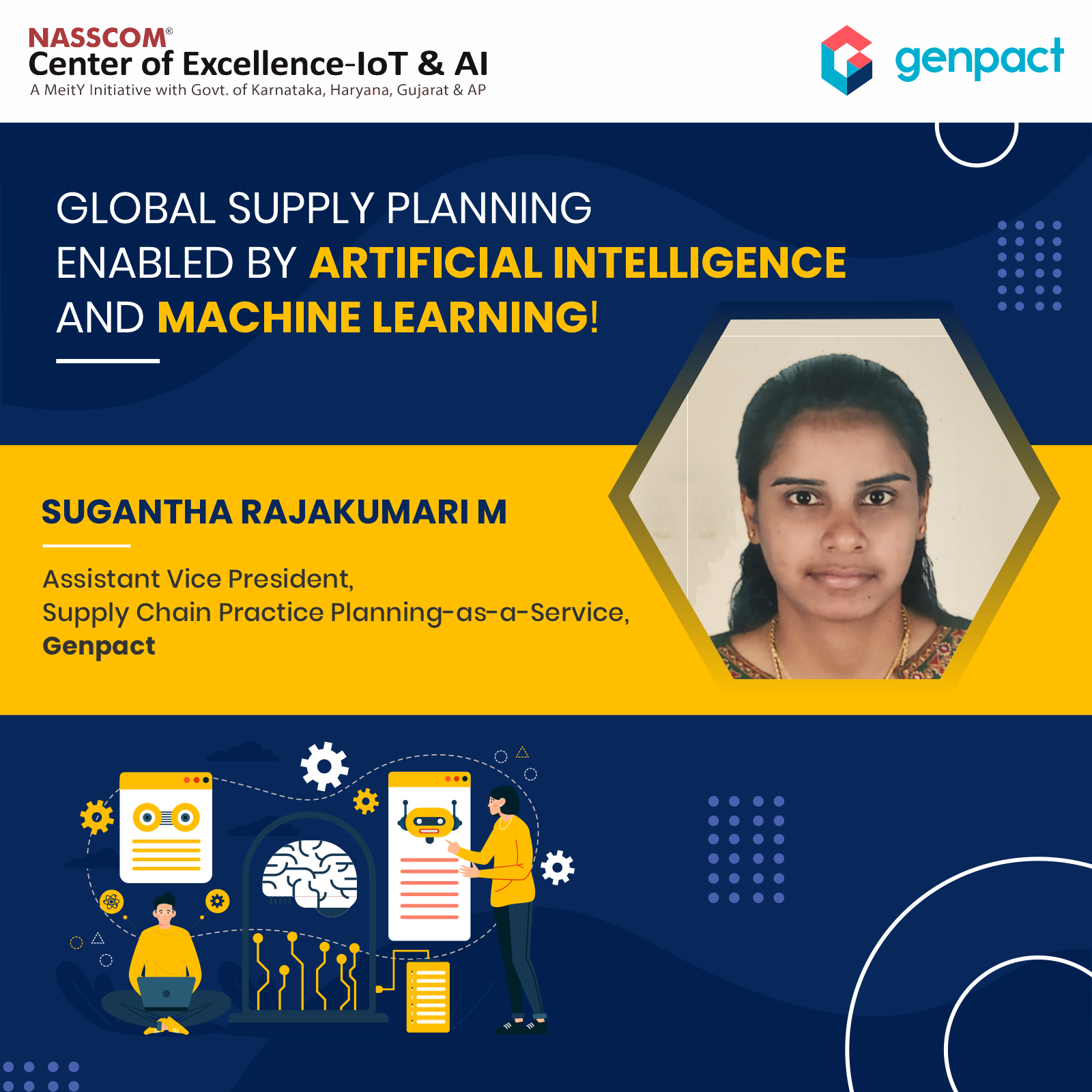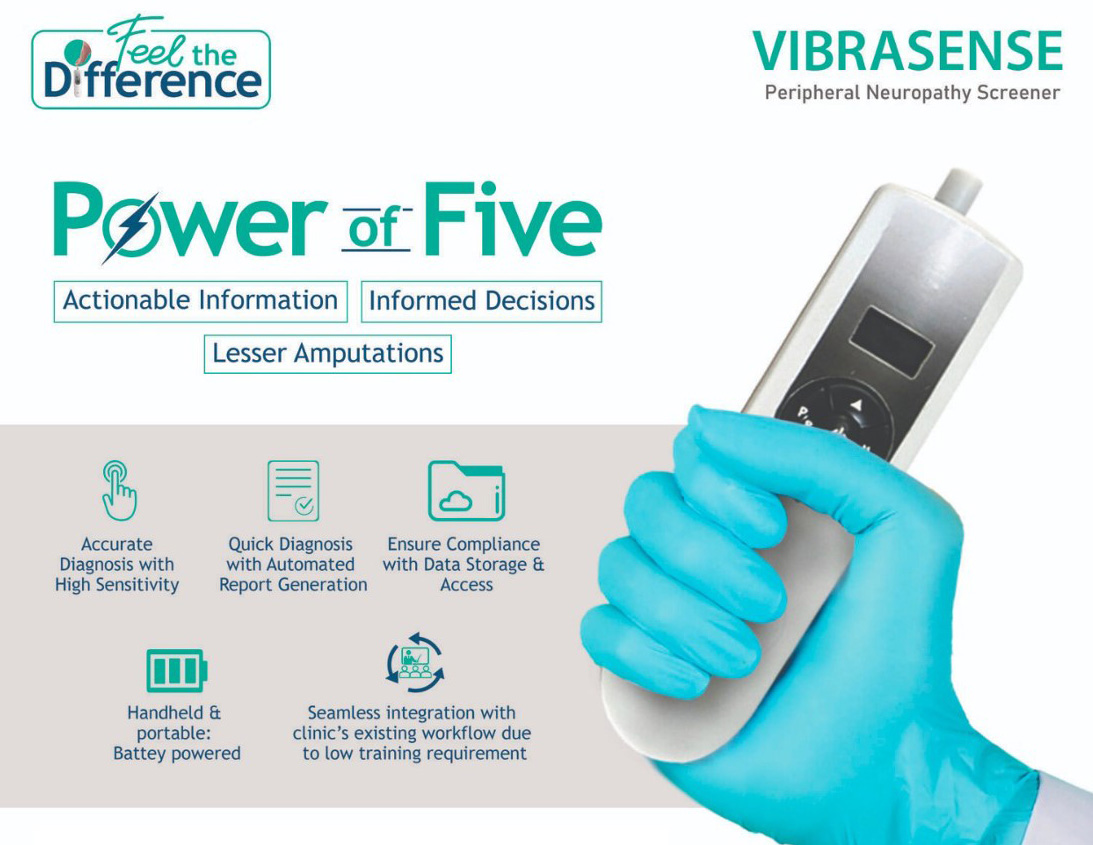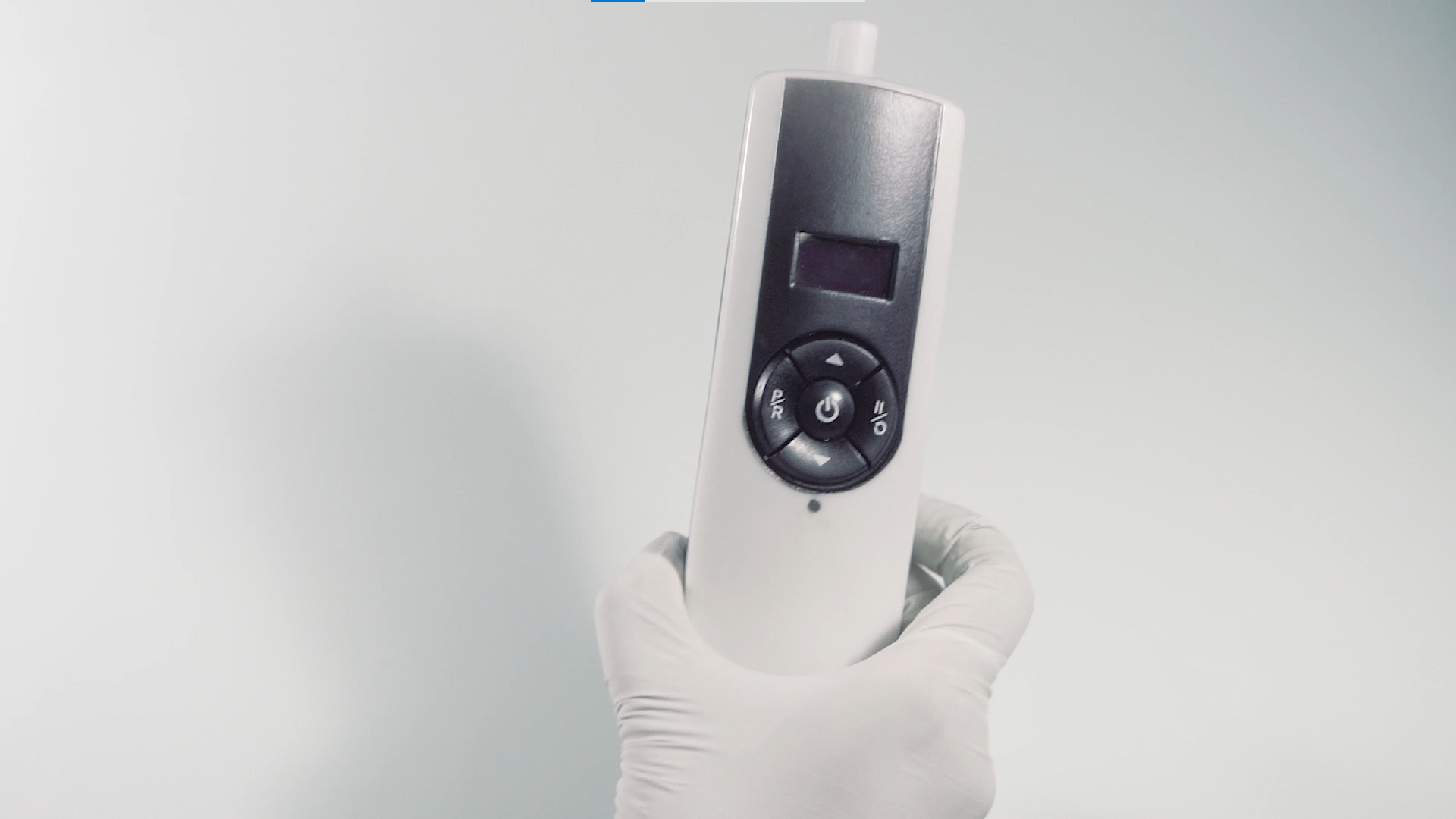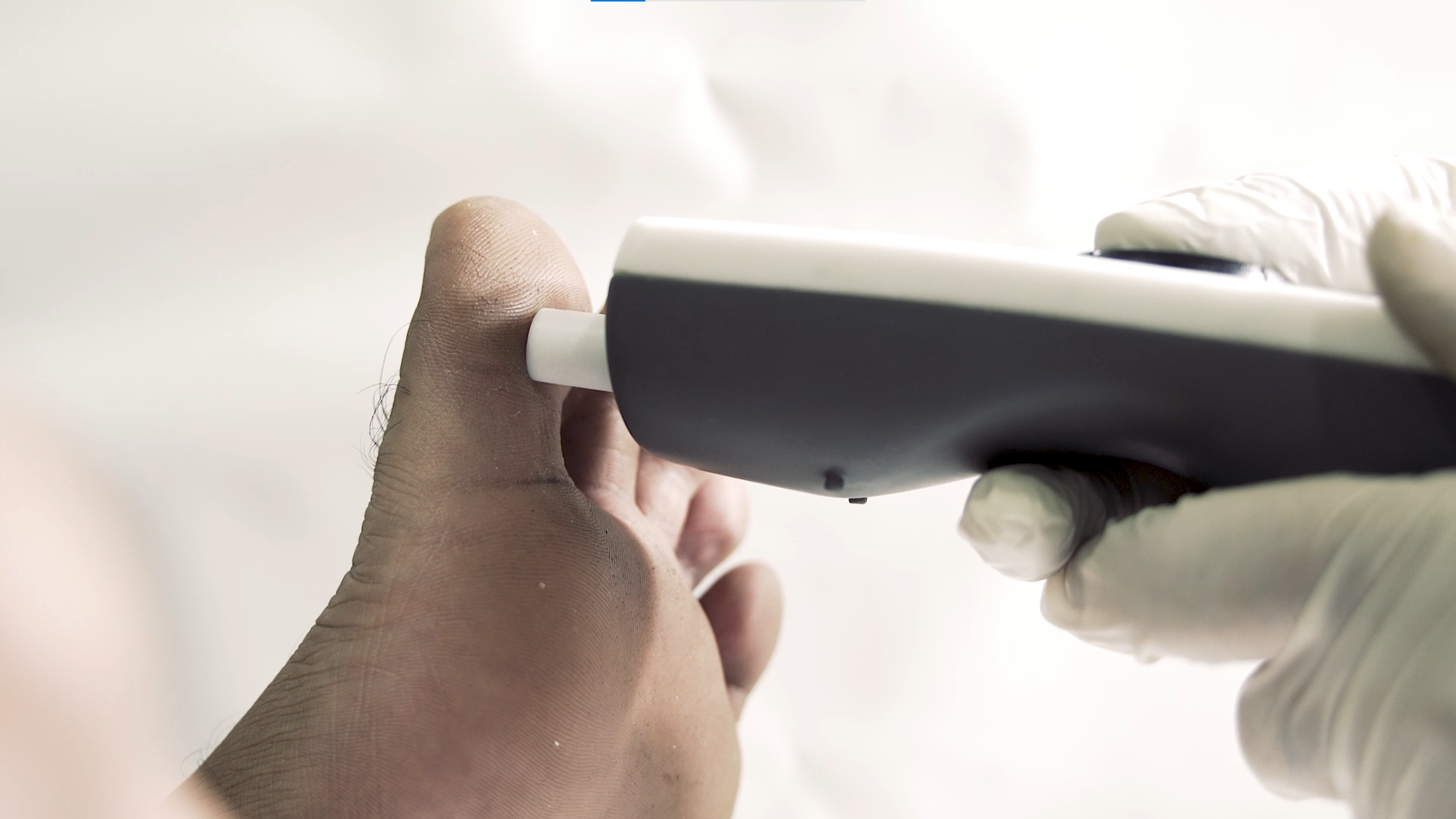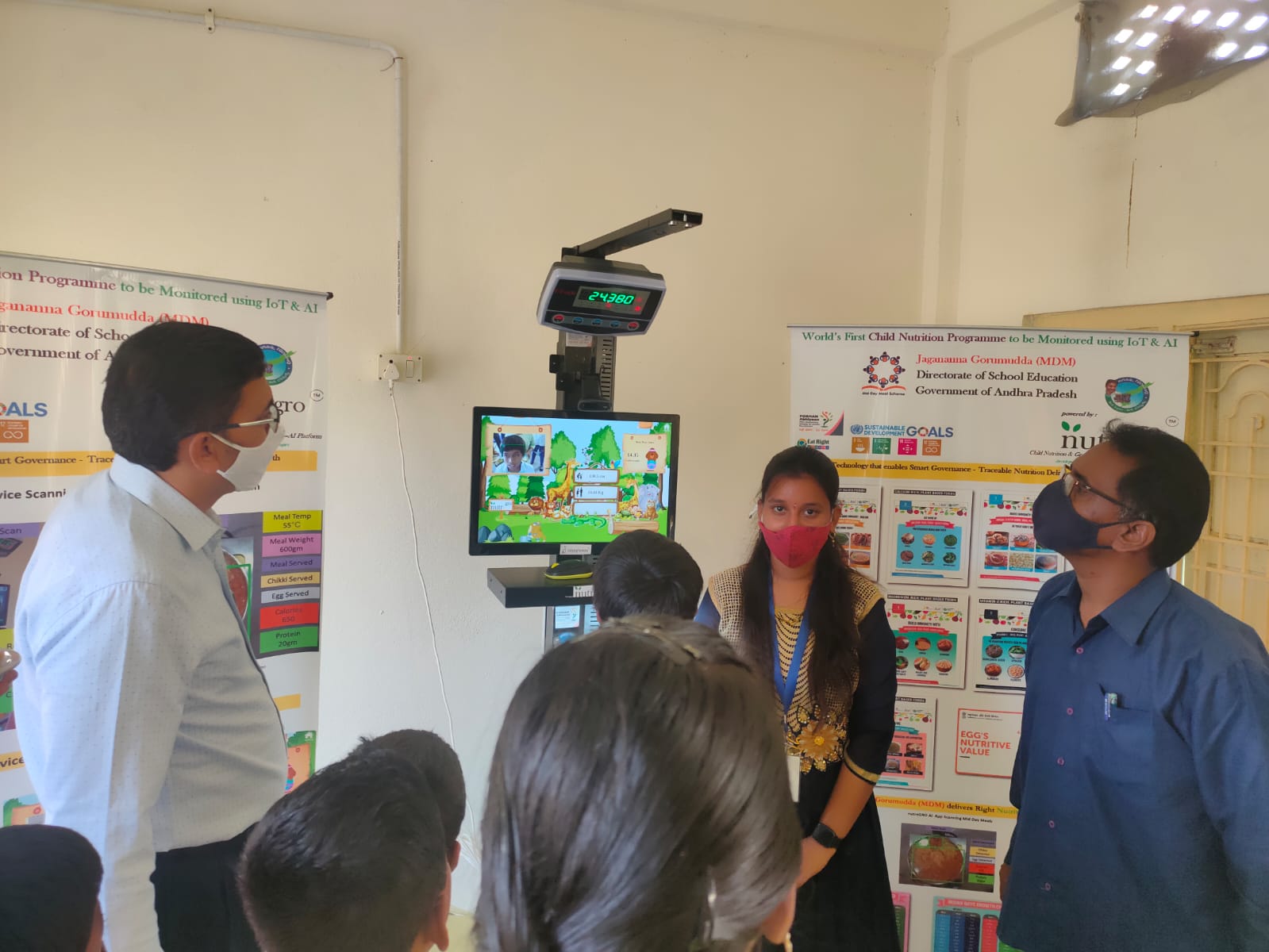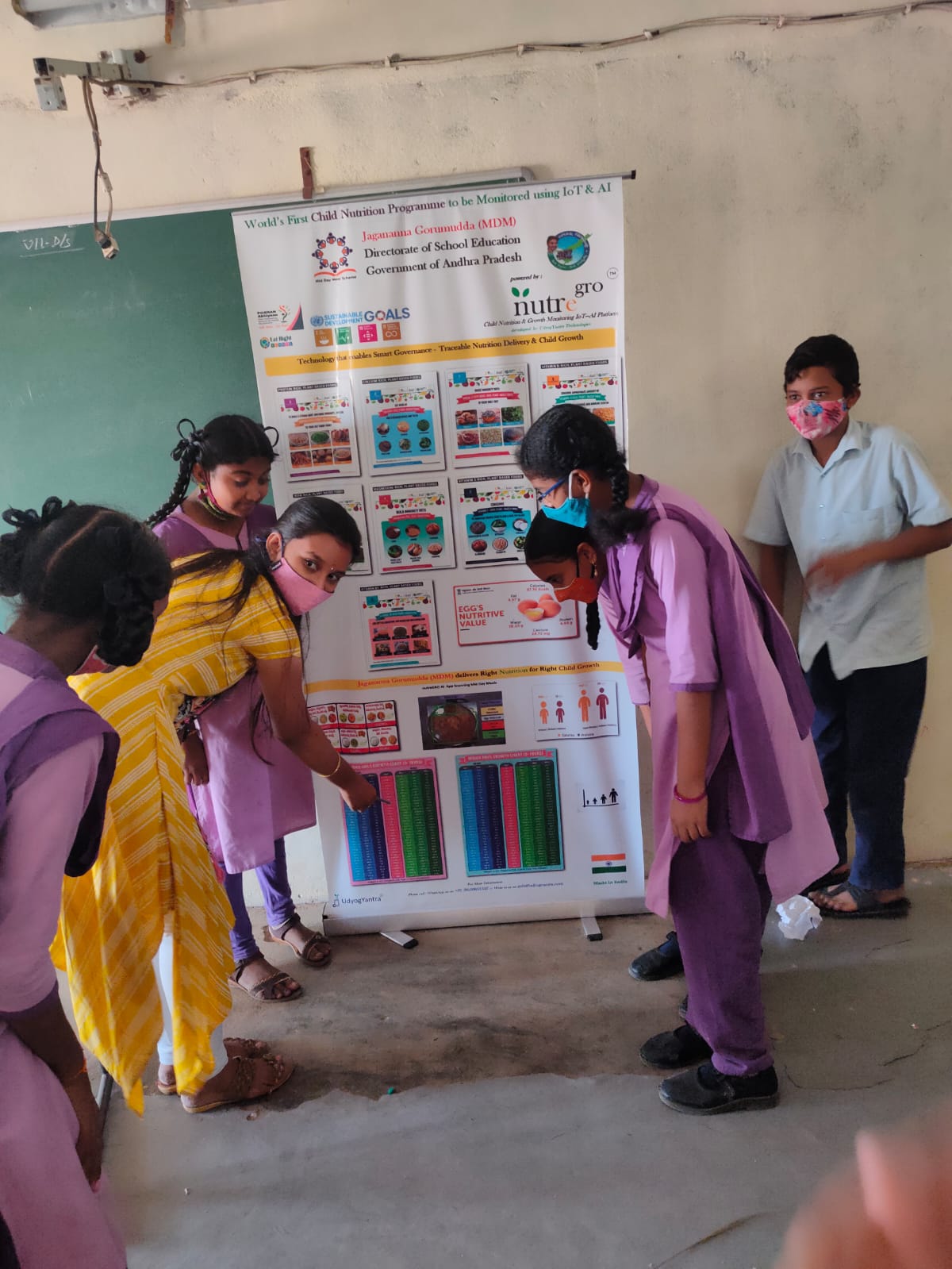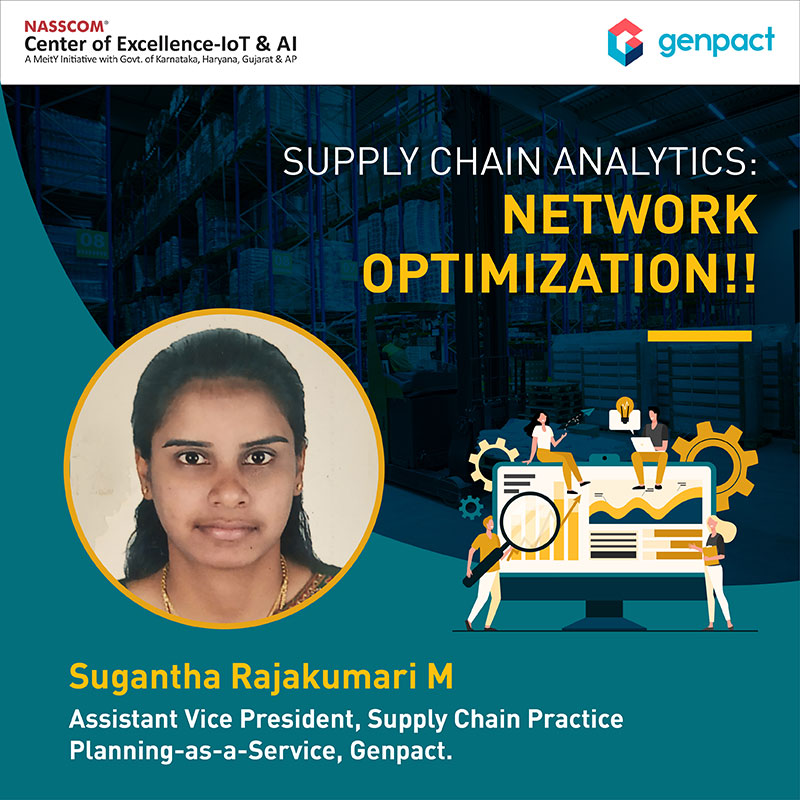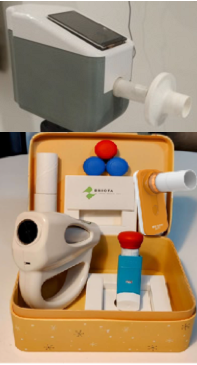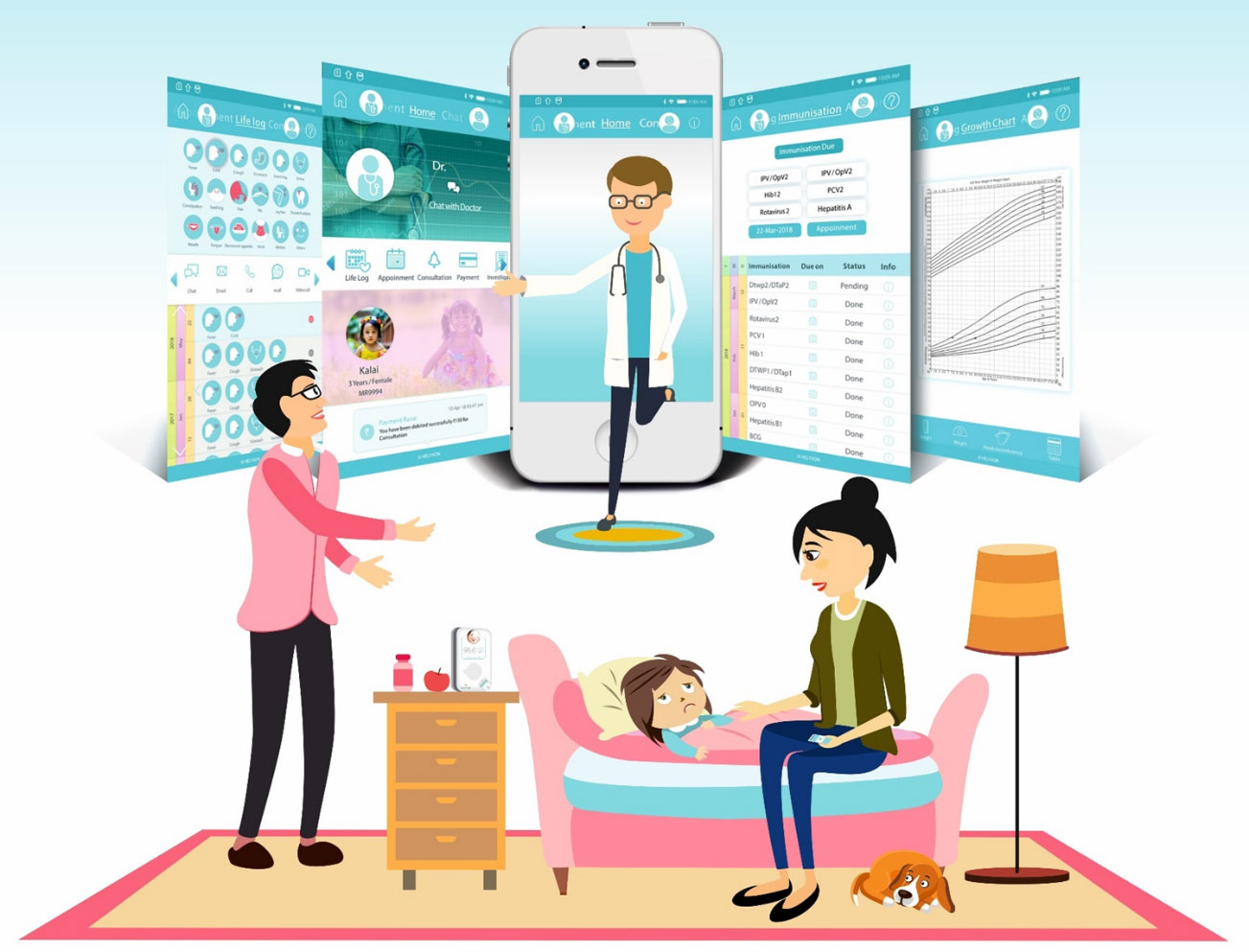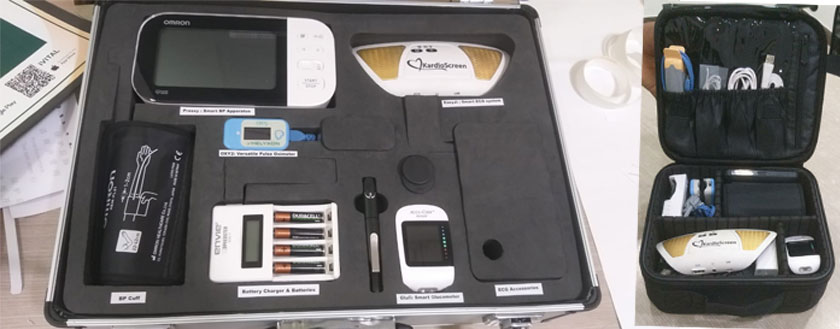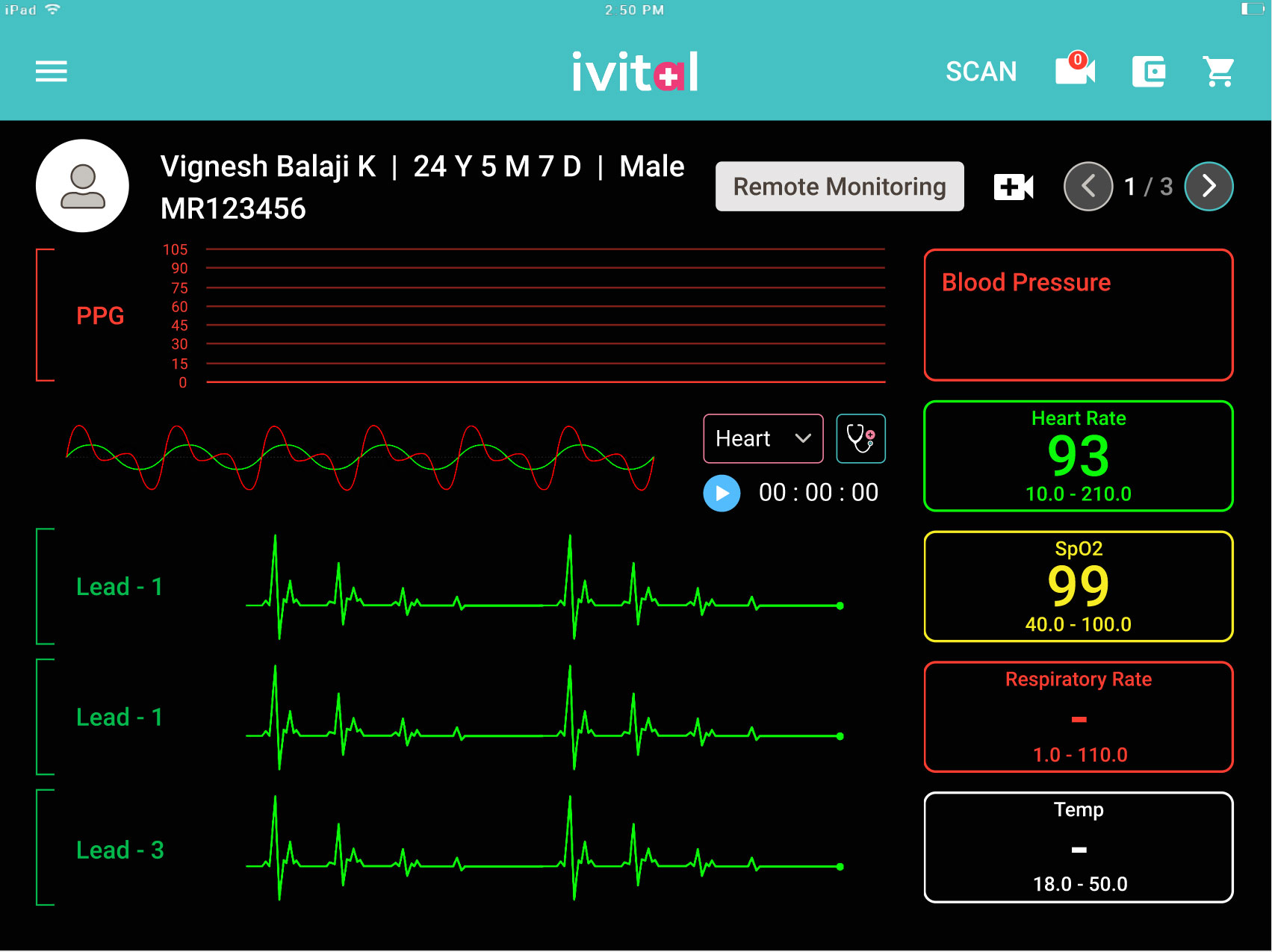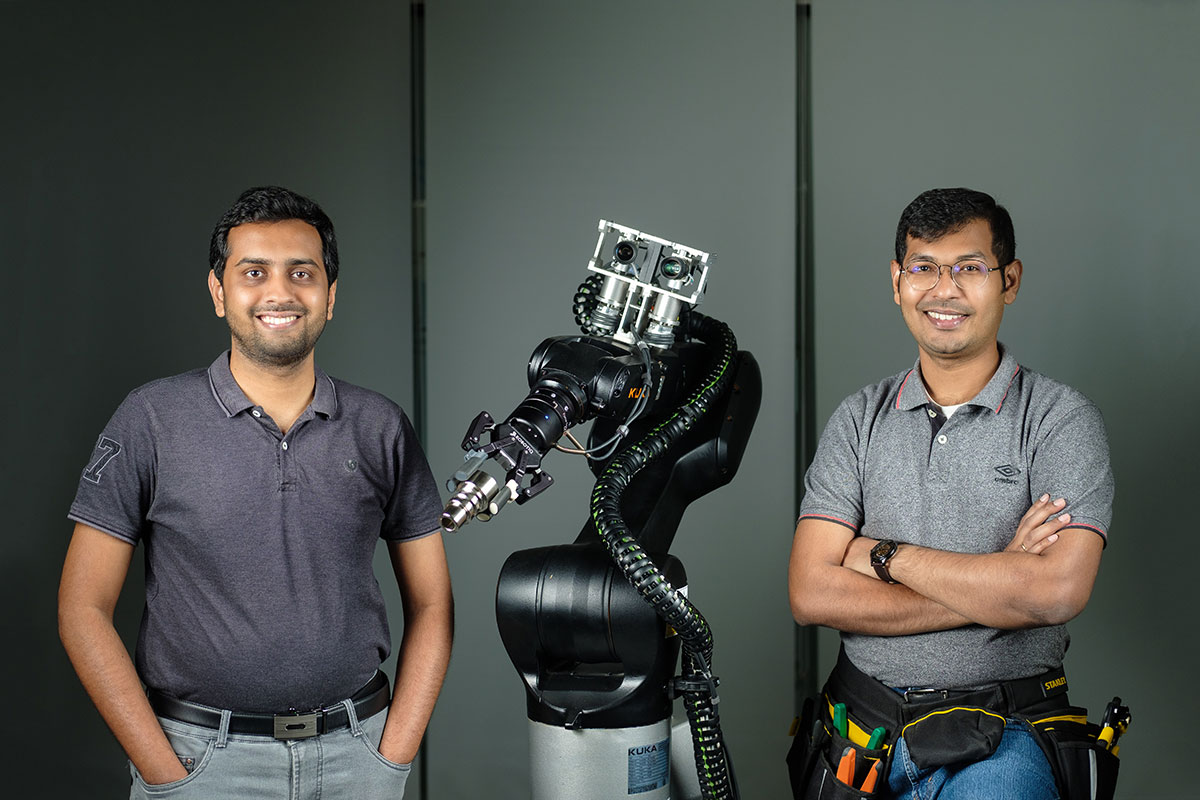Reprosci Biosciences is a full-stack reproductive health sciences startup built with the vision of bringing certainty to fertility care. The founding Directors of Reprosci include Dr Ravi S Swamy, a Clinician & Researcher from Imperial College Healthcare (NHS Trust, U.K.) and Dr Mahendra Narwaria, a leading Surgeon-Healthcare entrepreneur from Ahmedabad, India.
In two decades, the world has seen an alarming increase in infertility cases from under 2% to over 20% resulting in the need for a ten-fold increase in the specialists who would cater to the needs of the global marketplace. Alongside the shortage of skilled healthcare professionals, the dismal live-birth rate is another issue that needs immediate attention.
With the vision to transform reproductive and family health, Reprosci Biosciences has set on a mission to empower a million healthcare professionals through its metaverse training platform and ten million couples through personalized biotherapeutics. The company is transitioning from seven years of R&D to commercialization.
Based and incubated at the Center of Excellence, Bengaluru, which is a Joint initiative of the Ministry of Electronics and Information Technology (MeitY), Govt. of Karnataka, and NASSCOM, Reprosci Biosciences is unleashing the potency of Regenerative Medicine & Medical Training Simulation to bring about far-reaching changes in the Clinical Outcomes that support Assisted Reproductive Technology (ART) and Assisted Natural Pregnancy (ANP) based treatments.
The India launch of Fertilator at LHIF was hosted by the K-tech Centre of Excellence IoT & AI, Bengaluru (an initiative of MeitY and KITS) on 20th July 2022. Reprosci showcased Fertilator in Milan, Italy, at the European Society of Human Reproduction and Embryology (ESHRE) Congress 2022, which was attended by nearly 11,000 Infertologists, Gynaecologists & Embryologists from over 140 Countries.

